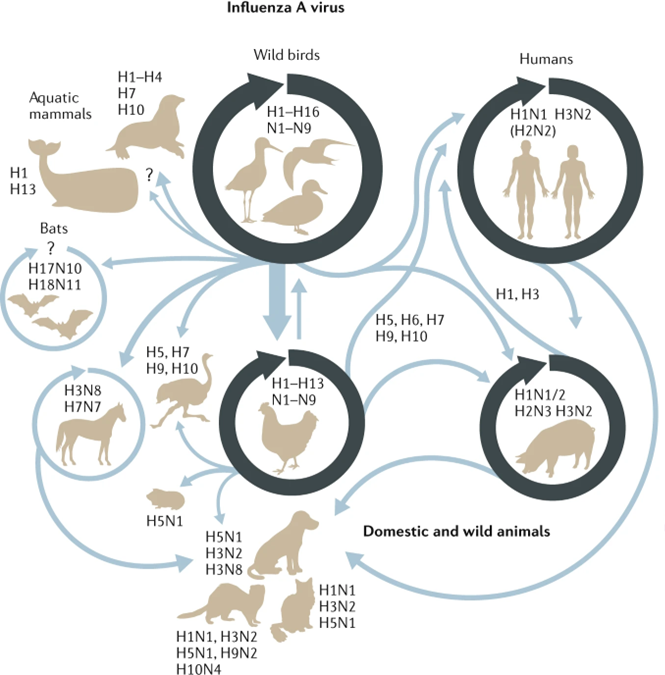Happy New Year!
New Omicron preprint from us about replication in primary cells, receptor usage and entry routes (can be found here while screening on biorxiv):
drive.google.com/file/d/1vam2PV…
Here are a couple of highlights
New Omicron preprint from us about replication in primary cells, receptor usage and entry routes (can be found here while screening on biorxiv):
drive.google.com/file/d/1vam2PV…
Here are a couple of highlights
We looked at replication of Omicron in different cell types including primary human nasal epithelial cells (hNECs) – it consistantly replicates really really fast in these cells – even faster than Delta (which itself replicates faster than anything before!) 

We could see the same doing competition assays (using variant specific RT-qPCR probes). No matter which isolates we used we could see Omicron replicates incredibly fast in primary nasal cells. 

We confirmed Omicron likes to use human ACE2 then looked at which other species ACE2s it can use well - as others have found mouse ACE2 is very compatibly but so is horseshoe bat as well as some of the avian ACE2s which other variants haven't ever shown any usage of. 

As others have described Omicron Spike is just not very fusogenic, this is in contrast to all previous SARS-CoV-2 variants... 

...and is puzzling as in our hands N679K and P681H alone both enhance S1/S2 cleavage. It appears something quite strange is going on here with Omicron - maybe some sort of epistatic interaction somewhere else in Spike? 

We describe evidence that Omicron Spike is more able to use the endosomal entry route than previous variants, being less sensitive to TMPRSS2-mediated entry and more sensitive to inhibitors of endosomal entry. 

In live virus in primary cells, although TMPRSS2 inhibitors slow down Omicron, it eventually caught back up while Delta is completely inhibited. Despite being able to enter via the endosome Omicron live virus also appears completely resistant to endosomal IFITM inhibition. 

Therefore we propose a model where Omicron has become less specialised in its entry route and become more of a 'generalist' - this allows it to efficiently infect a greater number of cells in the upper respiratory tract and may mean it even has a lower infectious dose? 

This work has been a collaboration between @wendybarclay11 and @vGlycoproteins with huge contributations from @joncbrown90 @jacky_paburaw
@The1stNazerick @pizza_regret @Morbillivirus @_myrsini_ and more!
@The1stNazerick @pizza_regret @Morbillivirus @_myrsini_ and more!
Encouragingly, this work is very consistant with virological data on Omicron from our colleagues at @CVRinfo, @GuptaR_lab, @SystemsVirology, HKU, and more!
• • •
Missing some Tweet in this thread? You can try to
force a refresh









